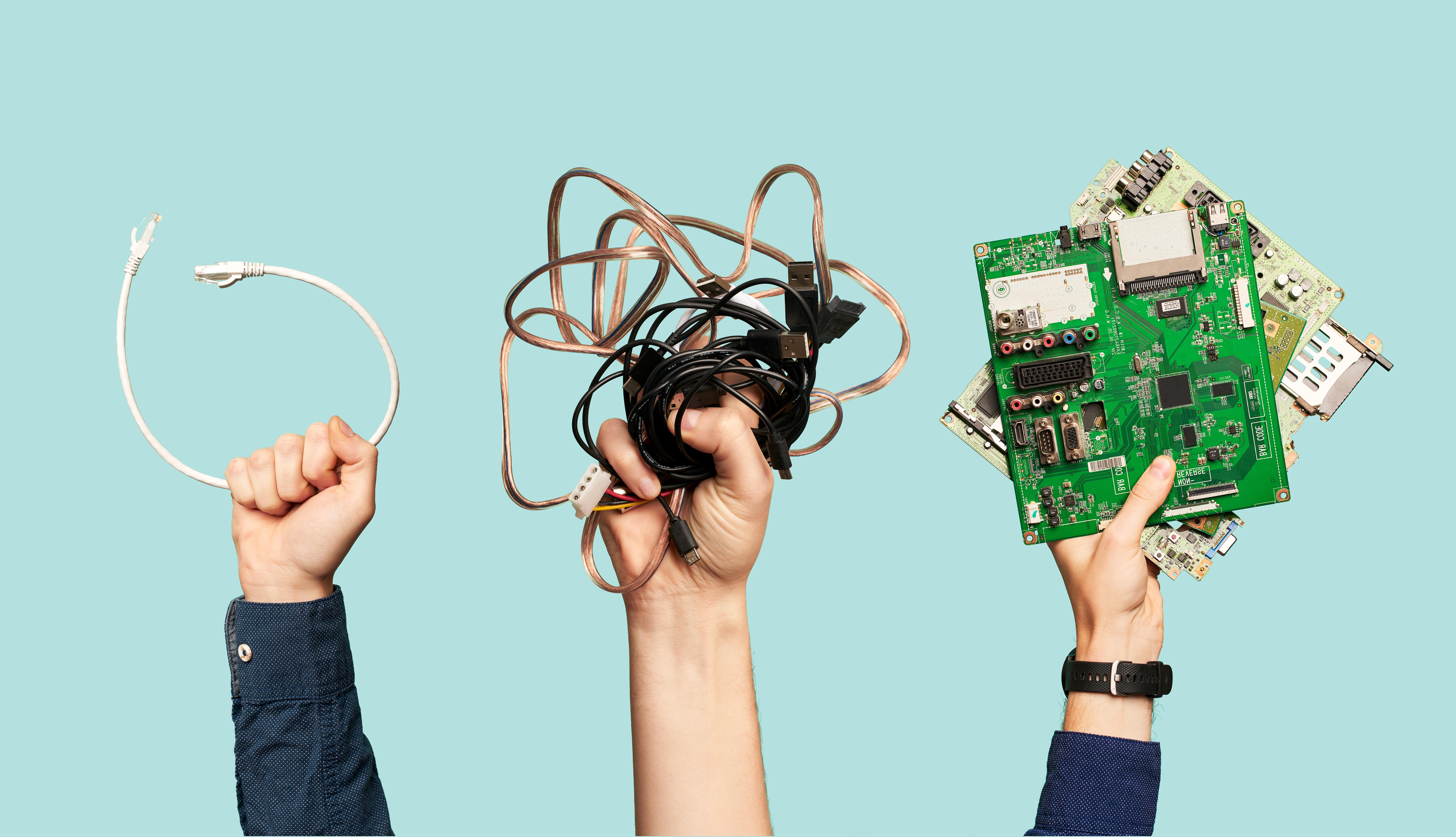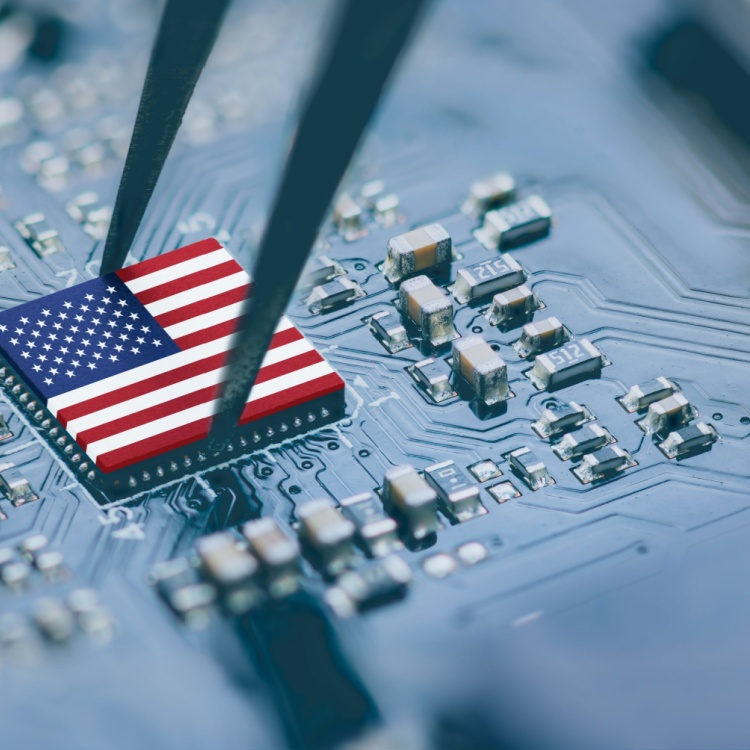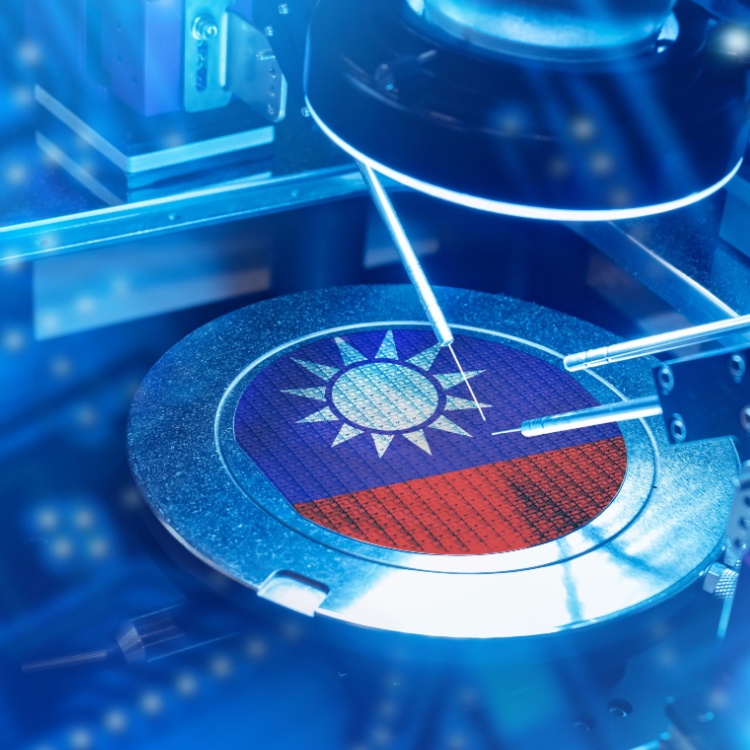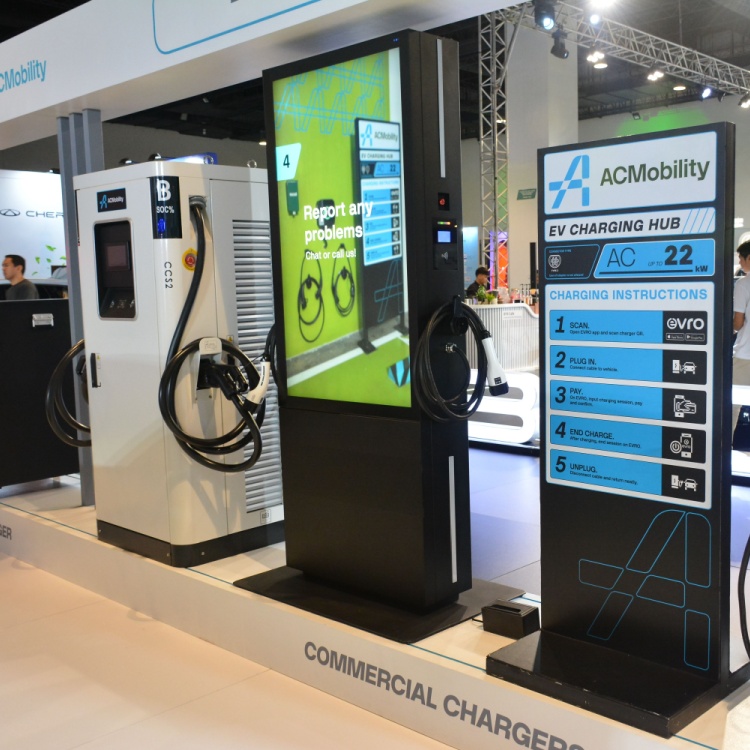Diving into E-Waste: Hard Facts and What You Can Do about It

Electronic waste is the world’s fastest-growing domestic stream, polluting the environment and harming people and wildlife. Here’s how you can do your part to stem the tide.
Given all the lockdowns for the past two years, one or both of these things may have happened. First, we had to replace home appliances and electronics due to wear and tear. Second, we upgraded our gadgets and devices because of more time spent at home and online. In both cases, the accumulation of e-waste is a foregone conclusion--and one that is putting our world in peril.
Electronic or e-waste is full of hazardous materials like lead, mercury, and cadmium. If they’re not disposed of properly, they can cause significant damage to human health and the environment.
E-waste is the world’s fastest-growing domestic stream. In 2019, the world generated a record 53.6 million metric tons (Mt), up 21% in just five years. Here are key figures from the UN’s Global E-waste Monitor 2020.
How to minimize your e-waste
It’s hard to imagine a life without technology. From work and school to business and entertainment, digitization has made everyday tasks faster and easier. The global e-waste problem may seem insurmountable--especially when you feel like you’re only one person battling it. But every conscious and committed effort makes a difference.
Here’s how you can help.
Recycling your e-waste in the Philippines
If you live in the Philippines, there are several organizations you can contact. Globe Telecom, for example, established its E-Waste Zero Program in 2014. Since then, it has collected more than 1.2 million kilograms of e-waste.
Globe has partnered with several e-waste hauling and recycling companies around the country, and proceeds from the collected e-waste are funding blended learning initiatives in public schools.
“Today, proceeds from e-waste donations will help provide devices and connectivity support to public school teachers and students in areas that need them the most,” said Yoly Crisanto, Globe chief sustainability officer and senior vice president for Corporate Communications.
In more than 100 drop-off points nationwide, you can properly dispose of old, non-working electronic devices.
Here are the types of e-waste that you can donate:
- Mobile phones
- Computers sets (LCDs, monitors, CPUs, keyboards)
- IT servers and electronic network equipment (antennas, transmitters, etc.)
- IT accessories (mouse, earphones, speakers, etc.)
- Internet or WIFI modems
- Printers and fax machines
- TV monitors
- Home appliances (washing machine, iron, oven, refrigerator, etc.)
- Cable wires
- Car electronics
- Circuit boards
- CDs and DVDs
For bulky items weighing 10 kilograms or more, you can request free door-to-door pickup here.
Here are other organizations you can contact for e-waste disposal:
- Envirocycle
- E-Waste Management Philippines
- E-Waste Project (University of the Philippines)
- Humble Sustainability
Our commitment to sustainable growth and development
At our manufacturing sites on various continents, IMI is substantially reducing waste generation through our reduce-reuse-recycle program in disposing of waste materials and chemicals through accredited haulers, treaters, and recyclers.
In 2019, we recycled and recovered 98.4% of hazardous waste at IMI Philippines, reflecting our commitment to advancing technologies while fostering sustainability. With both individuals and organizations being mindful of e-waste, it doesn’t have to be an either-or situation.
As one of the Top 21 EMS companies in the world, IMI has over 40 years of experience in providing electronics manufacturing and technology solutions.
We are ready to support your business on a global scale.
Our proven technical expertise, worldwide reach, and vast experience in high-growth and emerging markets make us the ideal global manufacturing solutions partner.
Let's work together to build our future today.
Other Blog



